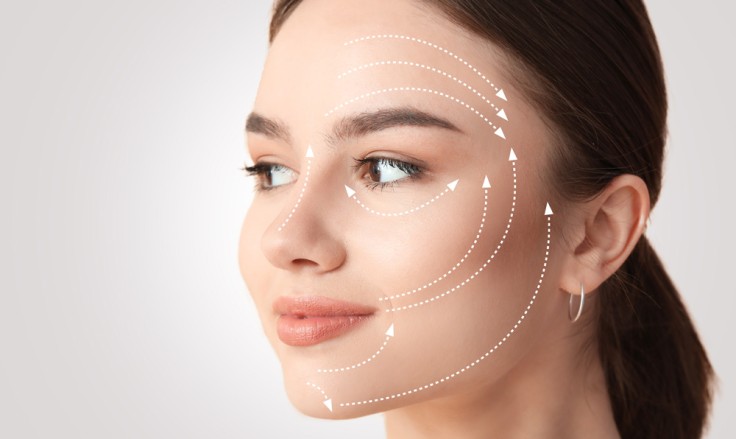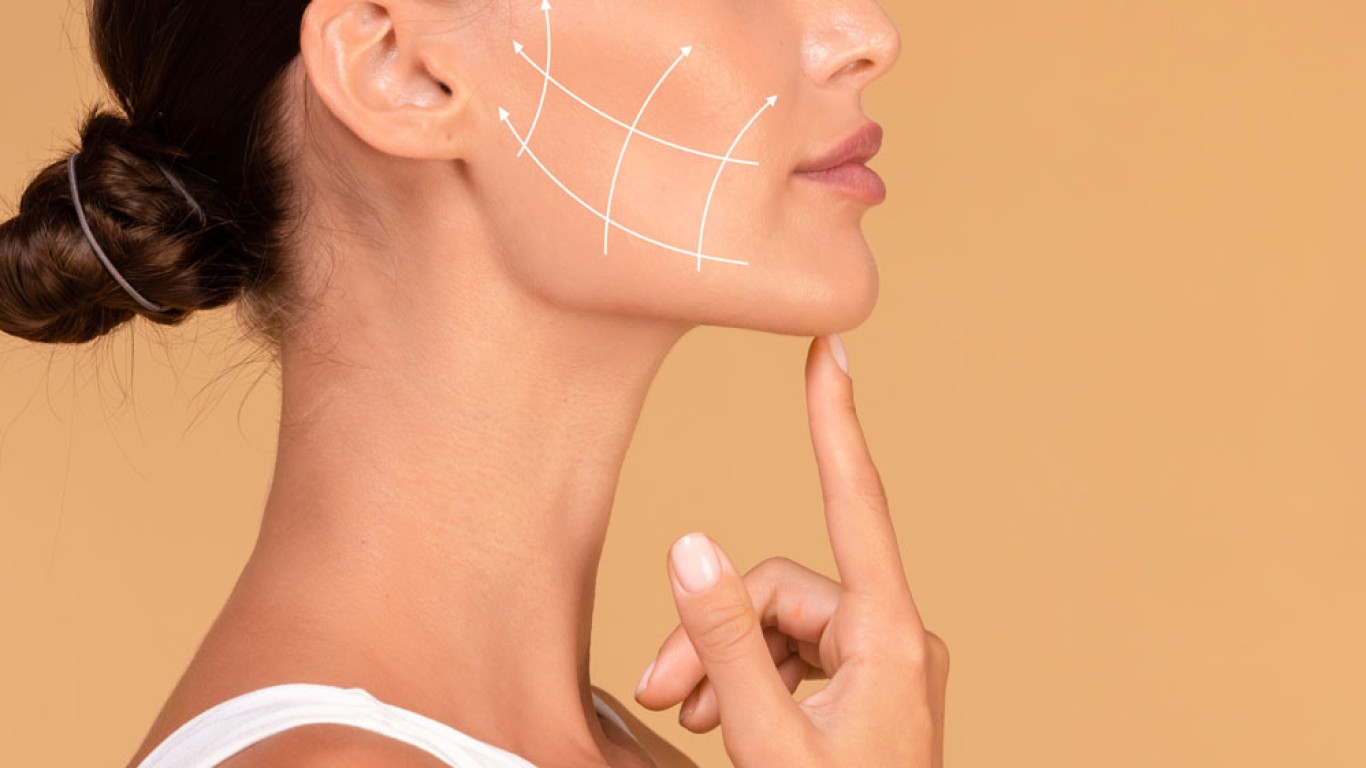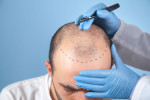Understanding Saggy Cheeks: Why They Develop
Cheek fullness signals youth. With time, structures shift and descend. Bone resorption reduces support, fat pads migrate, and skin loses elasticity. Sun exposure, smoking, and stress accelerate these age changes. Altogether, these factors produce saggy cheeks that alter balance and expression. Understanding these mechanisms helps direct treatment choices for believable, lasting improvements.
Surgical Pathway for Saggy Cheeks
Surgical lifting remains the most definitive option for pronounced descent. Midface or SMAS lifts reposition deep tissues to their youthful vector. Incisions follow natural creases, preserving discretion and aesthetic integrity. Results can last many years, though ageing continues steadily thereafter. Recovery usually spans weeks, with swelling subsiding progressively each day. Surgeons sometimes pair lifts with buccal fat adjustments for improved contour. Therefore, planned surgery addresses structure, not just surface concerns.
Injectable Lift for Saggy Cheeks
Dermal fillers immediately restore volume where support has diminished. Hyaluronic acid products add lift, soften shadows, and refresh contours. Placement along cheek pillars can elevate tissues without unnatural bulk. Biostimulatory fillers encourage collagen, extending improvements beyond the initial effect. Treatments finish quickly, with minimal downtime and predictable comfort. Results last months to years, depending on product, placement, and metabolism. Consequently, injectables suit early saggy cheeks and maintenance after surgery.
Energy Devices and Skin Quality
Ultrasound and radiofrequency treatments tighten skin by stimulating collagen. Microneedling with radiofrequency can improve texture and subtle laxity simultaneously. These technologies suit patients seeking gradual, low-downtime enhancements. Improvements emerge over months, layering naturally with daily skin habits. Although changes are modest, consistency yields noticeably firmer cheek skin. Clinics often stage sessions, then reassess photographs for measurable progress.
Saggy Cheeks: Fat Transfer and Structural Support
Autologous fat transfer replaces lost volume with your own tissue. Harvested fat is refined, then placed strategically into cheek compartments. Because it is living tissue, integration can last for many years. The approach feels natural and moves harmoniously with expression. Surgeons often combine microfat with nanofat to improve skin quality. Partial resorption occurs, so touch-ups may be recommended later. Still, fat transfer powerfully complements lifts or fillers for saggy cheeks.

Lifestyle Habits That Protect Results
Daily sunscreen remains essential, regardless of chosen treatment pathway. Hydration, protein intake, and colourful vegetables support collagen production. Sleep quality influences hormonal balance and nightly tissue repair cycles. Stress management reduces cortisol, which otherwise undermines dermal resilience. Smoking cessation and moderated alcohol further preserve elastic fibres. Accordingly, good habits extend results and reduce retreatment frequency meaningfully.
Saggy Cheeks: Cultural Preferences and Personal Goals
Beauty ideals vary widely across cultures and eras. Some patients prefer defined zygomatic contours with elegant angles. Others value gentle roundness that reads youthful and approachable. Consultations should translate these preferences into technical plans transparently. Photographs, mirrors, and simulated imagery help align expectations beforehand. Consequently, saggy cheeks solutions feel personal, respectful, and culturally aware.
Combining Modalities Wisely
Layered care often yields the most natural outcomes. For example, fillers restore scaffolding, while ultrasound tightens overlying skin. Fat transfer can address hollows, with a mini lift refining vectors. Sequencing matters: structure first, then surface quality and glow. Teams coordinate timelines so swelling phases do not overlap uncomfortably. Altogether, thoughtful combinations create durable correction for saggy cheeks.
Recovery Timeline and Comfort Tips from Saggy Cheeks Treatment
Expect variable recovery depending on chosen techniques and extent. After injectables, mild swelling resolves within days, sometimes sooner. Energy devices rarely disrupt routines beyond brief redness or sensitivity. Surgical patients benefit from head elevation and cold compresses. Following instructions precisely meaningfully reduces risk and downtime. Whenever possible, schedule milestones after major healing windows conclude.
Cost Snapshot of Saggy Cheek Treatment in 2025
Budgets influence planning, so transparent pricing helps decision-making. Energy treatments typically cost less per session than surgery. However, multiple sessions may equal a single surgical investment. Fillers vary by product and volume, affecting annual maintenance costs. Fat transfer and lifts require theatres, anaesthesia, and specialised teams. Therefore, total value relies on longevity, not sticker price alone.
Conclusion
Saggy cheeks respond best to targeted, layered strategies. Structure, volume, and skin quality each require attention. With customised planning, improvements look authentic from every angle. Lifestyle choices protect investments and prolong refreshed definition. Ultimately, treatment restores harmony, confidence, and expressive ease.
For more information and to book a consultation visit the ACIBADEM Beauty Center Skin Treatment webpage.
Frequently Asked Questions
Ageing, fat pad descent, bone changes, and sun damage contribute significantly.
Fillers deliver instant lift; energy devices build results gradually.
Several years, though natural ageing continues and varies individually.
Integrated fat can last years, with some resorption expected.
Yes. Sunscreen, diet, sleep, and stress control protect collagen and elasticity.














